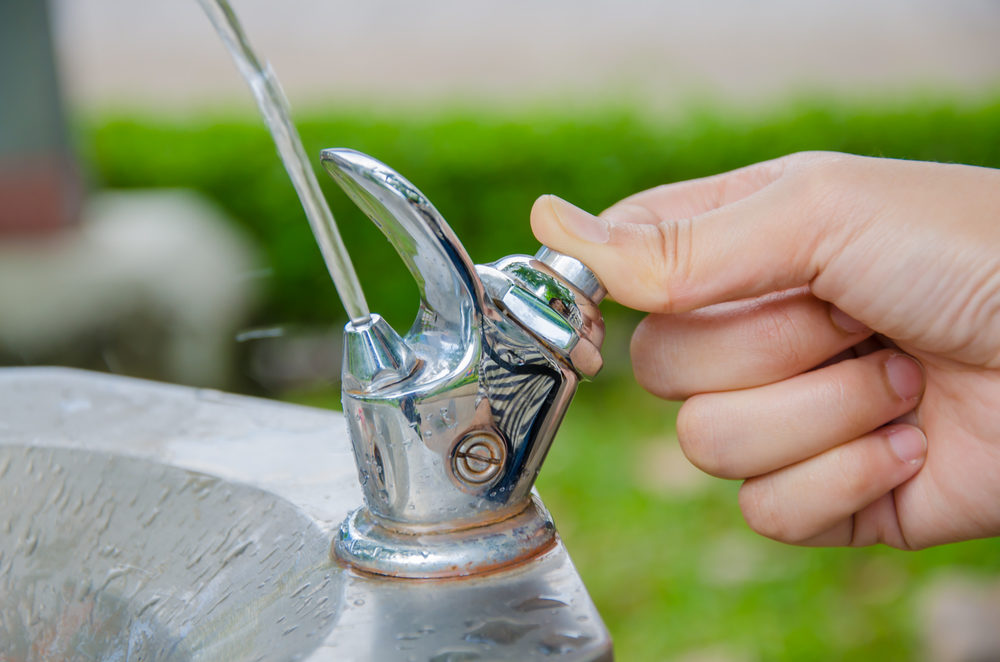New York City School Water Lead Levels Raise Concerns About Poisoning Risk

Recent testing of water at New York City schools found that in more than 80% had at least one outlet that provided water with high levels of lead, which may pose serious risks for young children.
The State of New York released lead testing results for school drinking water last Friday, which indicates that more than 4 out of every five New York City schools have water problems with lead levels exceeding the 15 parts per billion legal threshold.
The 15 ppb water lead level threshold is set by the U.S. Environmental Protection Agency as the point at which action needs to be taken to ensure the safety of children from lead poisoning, which can cause developmental difficulties and other problems.

Learn More About
Children diagnosed with lead poisoning after exposure to peeling or chipping lead paint in a rental home may be entitled to financial compensation and benefits.
Learn More About this Lawsuit SEE IF YOU QUALIFY FOR COMPENSATIONThe testing came as the result of a New York Times investigation, which found that a previous test was preceded by the schools in the city running the water in every outlet for two hours prior; a practice known as “flushing,” which can hide lead level problems.
In the earlier test, only 1% of the city’s school water outlets had high levels of lead. However, those results were thrown out after the revelation of the flushing practice, and the new test showed that the number of water outlets giving off high lead levels was 8%, but 83% of schools had at least one outlet impacted by high lead levels.
In one Queens school, a cafeteria water fountain tested as having a lead level of 3,200 ppb. That’s 213 times higher than the point at which the EPA thinks children’s health is at risk. In the same building, there were water fountains in the cafeteria, play area and hallways with lead levels exceeding EPA action levels by a factor of 40, according to the New York Times.
The paper notes that when the school was allowed to flush its pipes before testing, the highest level of lead detected during testing was 35 ppb.
New York City Public Schools have responded by shutting down water fountains and other outlets where lead levels exceeded the EPA threshold, and monthly letters have been sent to parents. However, they did downplay the risk of lead exposure from school drinking water sources in previous communications.
“The risk to students and staff is low for many reasons,” Deputy Chancellor Elizabeth Rose said in a letter (PDF) sent to parents and staff in early March. “The elevated lead levels identified by the recent round of water testing are not likely to represent the levels seen throughout the day. The recent testing was conducted on water that had remained in pipes overnight. The lead concentration drops sharply after the first use of the day as stagnant water is cleared from the pipes and new, fresh water is brought in from the water main – which is virtually lead-free.”
Lead poisoning for children poses a serious health risk, potentially causing nervous system injury, brain damage, seizures or convulsions, growth or mental retardation, coma and even death.
One of the more common causes of of lead poisoning is lead-based paint, which was banned in the United States in 1978 due to the risk of severe and permanent brain damage and developmental problems, particularly in children. However, a number of older homes still contain the toxic paint on the walls, and if it flakes or peals off, young children could ingest the paint chips or breathe dust that comes from the paint, resulting in lead poisoning.
Recent years have also seen a focus on lead in drinking water, stemming from the recent and ongoing Flint water crisis, during which a change to the water system resulted in high levels of lead in the city’s drinking water, causing thousands of children to suffer lead exposure and, potentially, lead poisoning.
The majority of those children are poor and live in older urban areas, mainly in the inner city. Most are minorities, meaning such exposures add to numerous problems already plaguing inner city black and Latino youths, such as poverty, high crime and poor schools.
In a white paper released in October 2016, EPA officials noted that they are considering updates to the Lead and Copper Rule which would require municipal drinking water systems to come up with a plan to replace lead water lines.
Get more articles like this sent directly to your inbox.
"*" indicates required fields






0 Comments